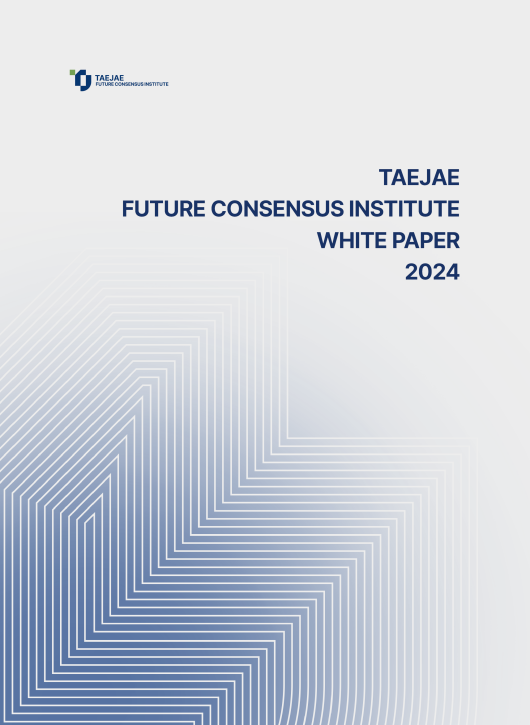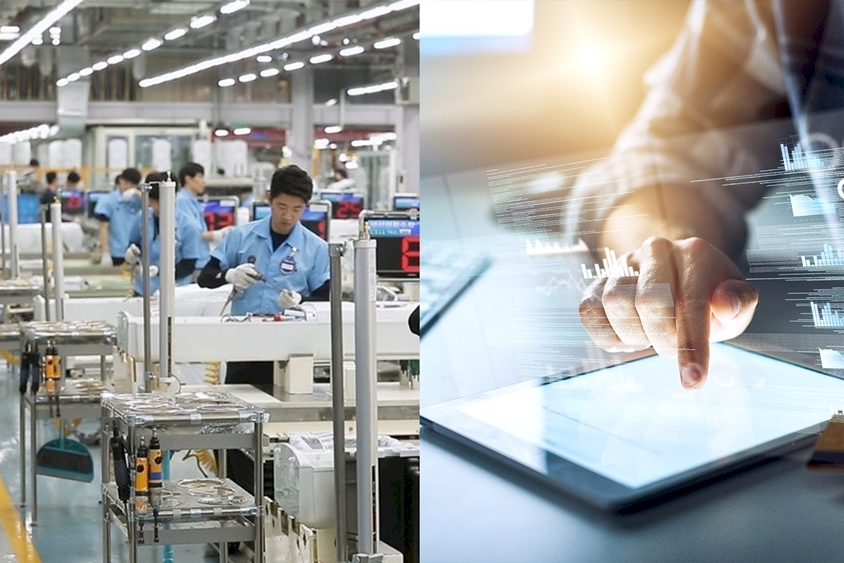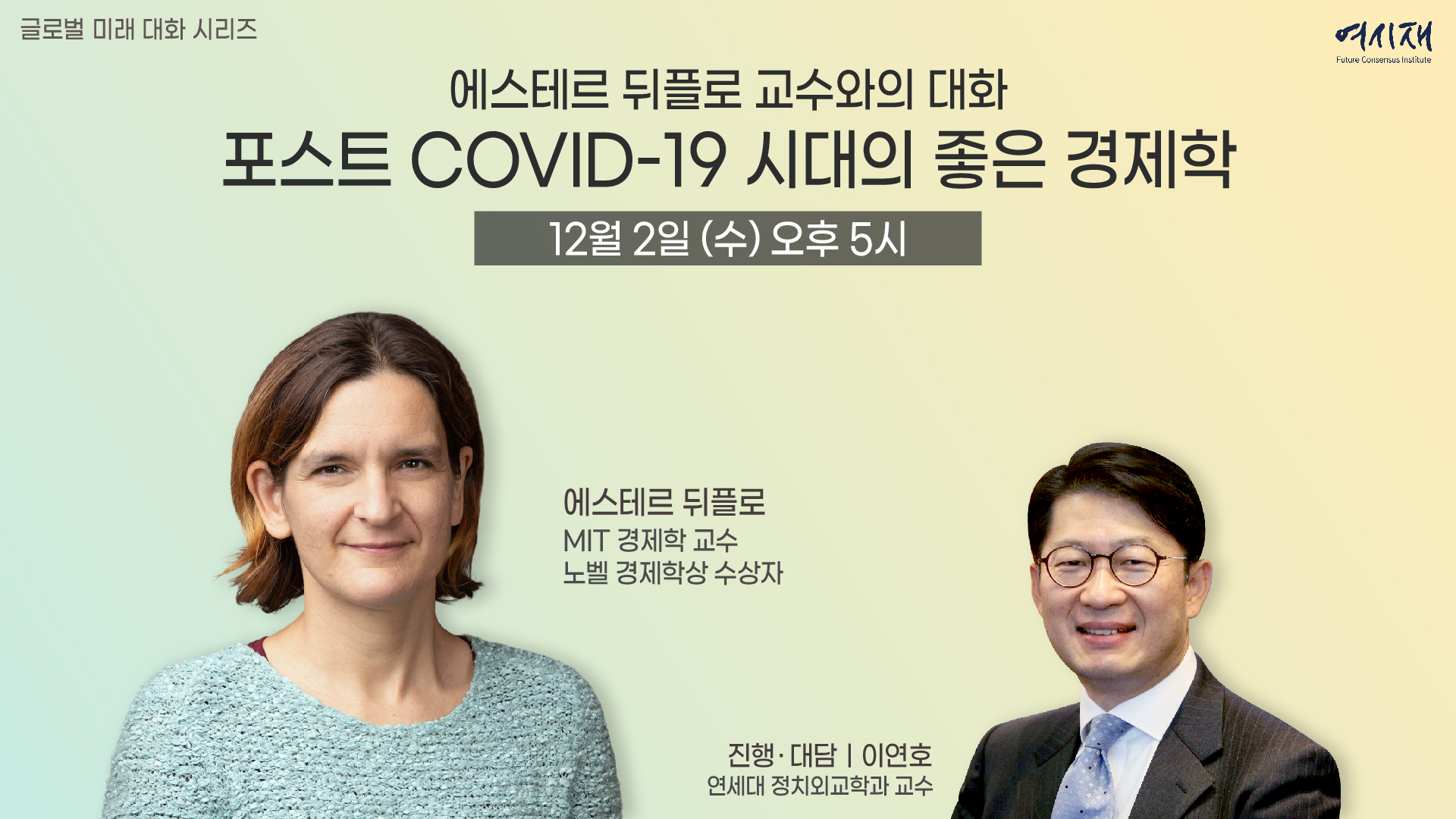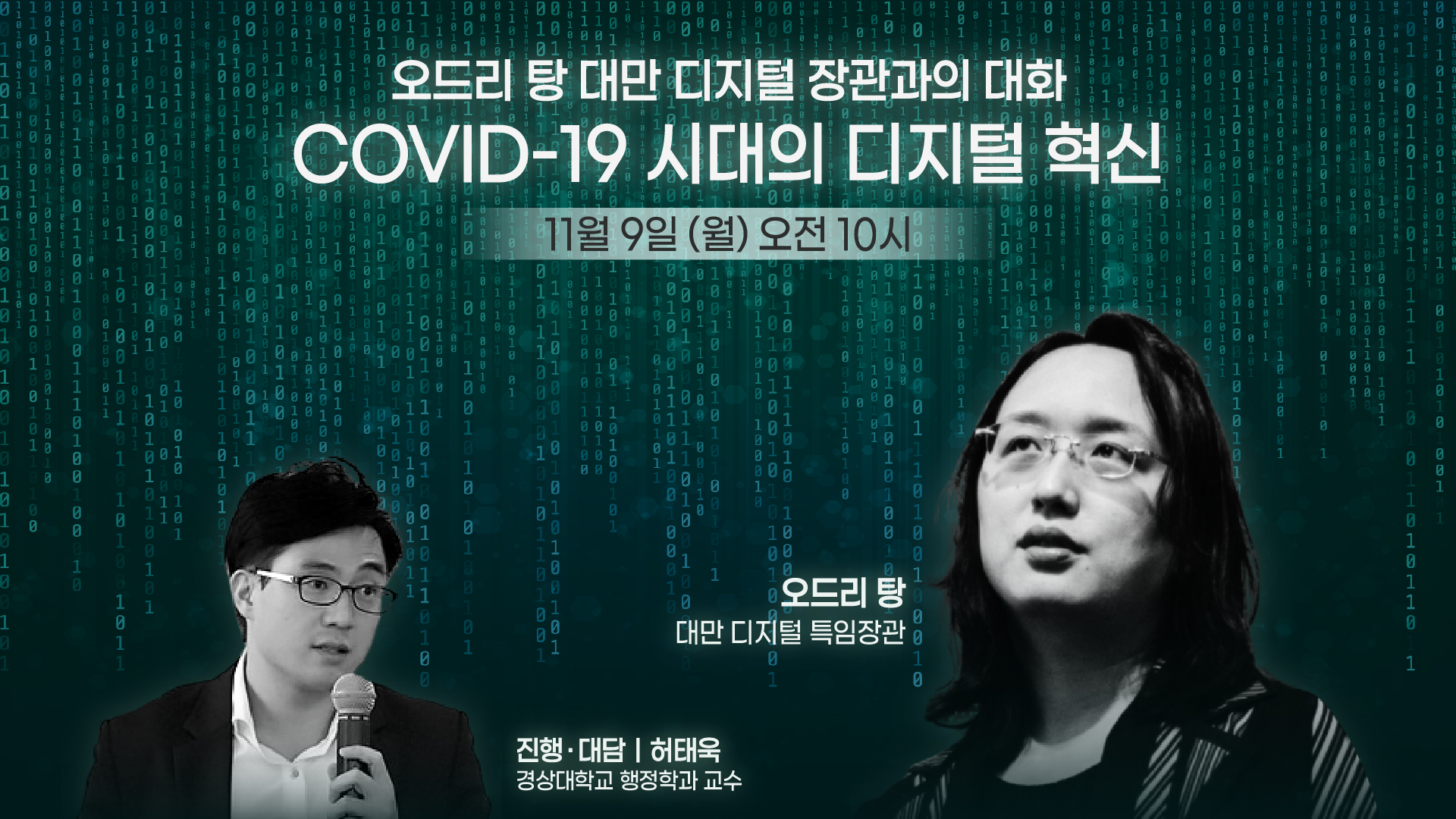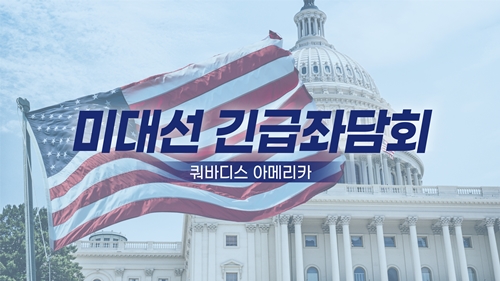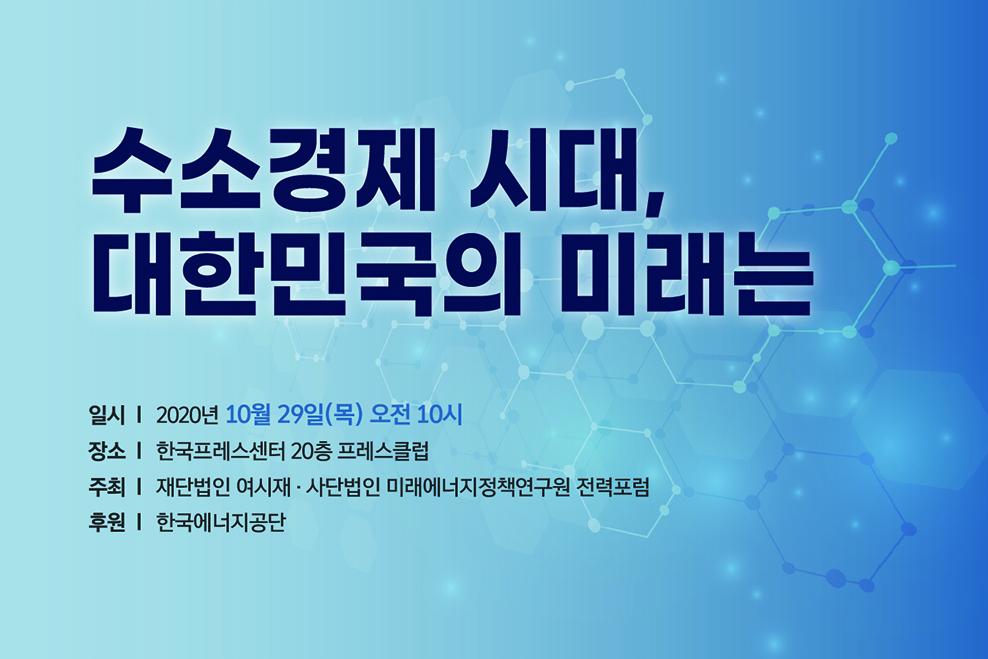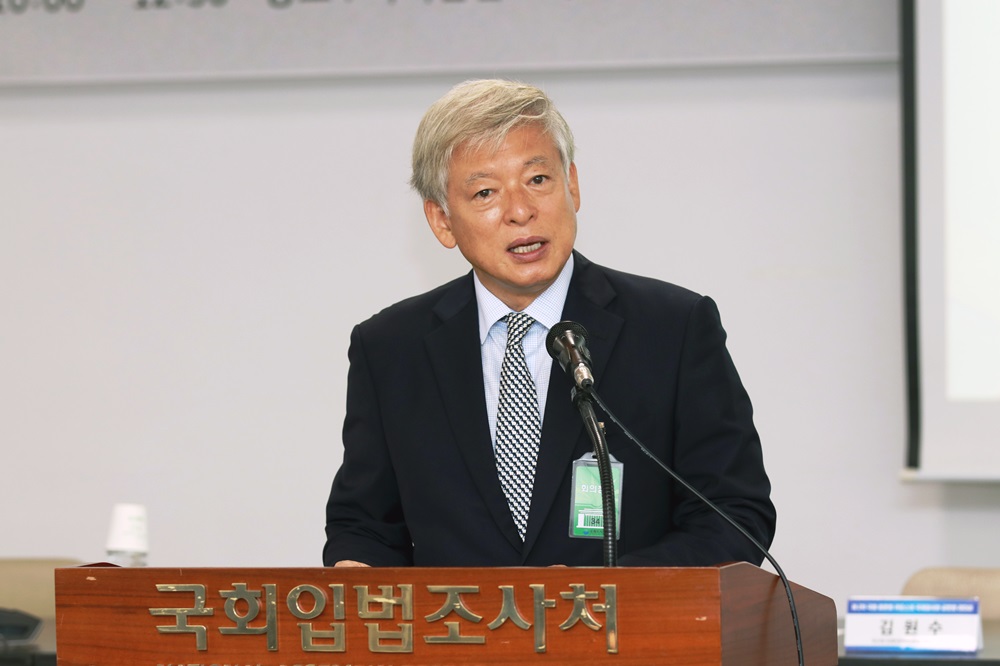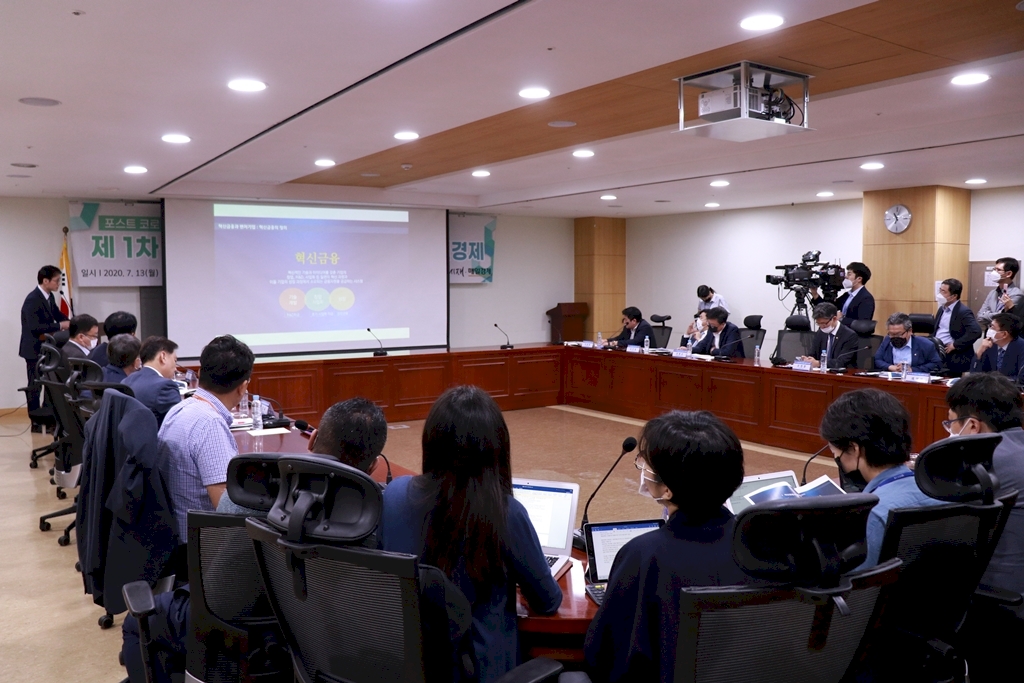Please join Yeosijae as we build a brighter future for Korea. Create your account to participate various events organized by Yeosijae.
- Insights
- |
- Global Order and Cooperation
[Yeosijae Now] [Post-COVID-19 Panel Discussion ②] Chaotic world order and global leadership
Analyzing the G2 Hegemonic War
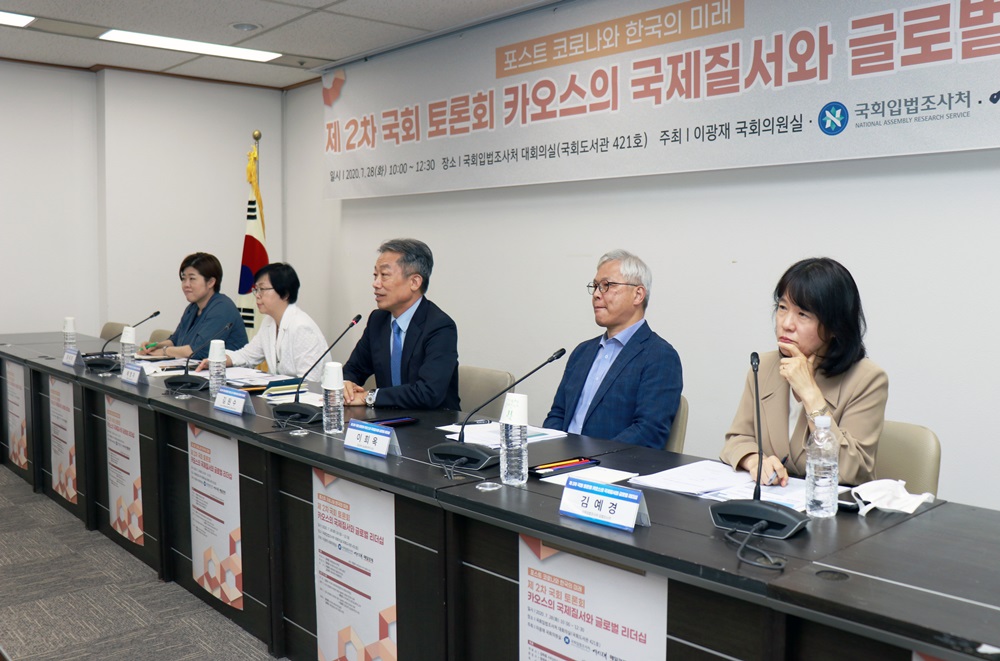
“A great reset is necessary to build a new social contract that honors the dignity of every human being.” - Klaus Schwab.
On July 13th, the Chairman of the World Economic Forum, Klaus Schwab, drew attention to the uncertainties of the pandemic age through his book titled “The Great Reset of COVID-19”. As the book’s title suggests, the world is now at a crossroads, not just in the realm of health and economy, but also in political systems and philosophies on life.
The Future Consensus Institute (Yeosijae) formed the COVID-19 Committee at the end of February, ahead of WHO’s pandemic declaration on March 11th, to hold internal seminars on various aspects of the virus. To share the results of these seminars and to expand the discussion, we decided to hold a series of panel discussions on COVID-19 and the future of South Korea. The first session was held on July 13th on “digital transformation and innovation economy”, followed by the second session on 28th at the National Assembly Members’ Hall.
In this session, held under the main topic of “chaotic world order and global leadership”, Professor Yong-Ja Bae (Konkuk University) presented on the “U.S. perspectives on the U.S.-China technological hegemony and South Korea’s strategy”, followed by Director Hee-Ok Lee (SungKyun Institute of China Studies) on China’s perspectives. Legislative Investigator Ye-Kyung Kim (National Assembly Research Service) and Director Se-Hee Hwang (Future Planning Department, Yeosijae) participated in the debate as panelists. The session was chaired by Won-Soo Kim (former Under-Secretary-General of the UN), with opening remarks by Ha-Joong Kim (Chief of NARS) and welcoming remarks by Jae-Ho Yeom (former President of Korea University).
The event was co-hosted by NARS, Maeil Business News Korea, and the Office of Lee Kwang-Jae and was attended by Rep. Eun-Hye Kim (United Future Party).
|
[Yeosijae ‘Post-COVID-19 Committee’] |
The following highlights the key points of the event:
[Welcoming Remarks by Director Jae-Ho Yeom]
|
The post-COVID-19 world will not be a return to the past. Ray Kurzweil, a Google executive and a computer scientist, predicted that a moment of fundamental changes in human civilization, or a “singularity”, will occur by 2045, and Yuval Harari wrote in his book “Homo Deus” that a new species will emerge. As these examples show, groundbreaking changes are bound to occur by 2050. Despite these warnings, however, the world remained still, reluctant to make preparations for the big shift—until COVID-19 hit. As an accelerant for change, the pandemic will forcibly transform the landscape and increase the importance of adaptability in competition amongst individuals, societies, and countries. |
[Presentation 1] U.S. perspectives on the U.S.-China technological hegemony and South Korea’s strategy - Young-Ja Bae (Professor, Department of Political Science, Konkuk University)
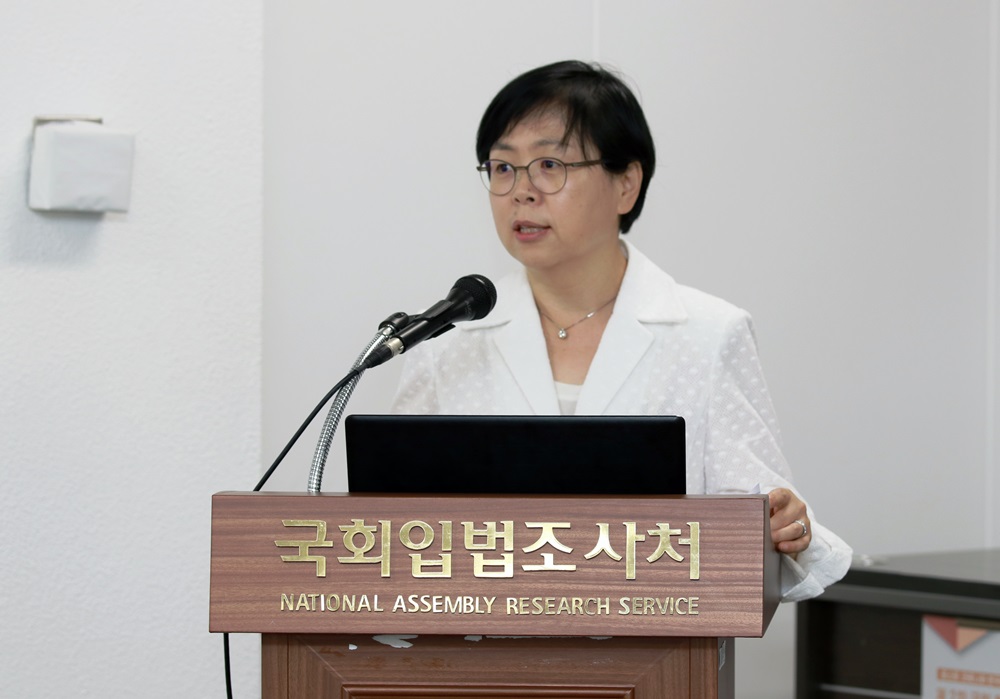
“The U.S. sees China’s technology thefts and aggressive M&As
as both an economic invasion and a military threat.”
China made official announcements of the “Made in China 2025” initiative in 2015, roughly the same time period as the establishment of semiconductor-focused investment funds to support Chinese companies. The announcement occurred during the presidency of Barack Obama, and despite the lack of direct confrontations between the two powers, measures started to appear behind the curtain to keep the other’s technology sector in check. The Trump administration eventually brought these measures to the surface. Even as a presidential candidate, Donald Trump regarded trade as a “zero-sum relationship”, and various reports released by the White House and the United States Trade Representative (USTR) reflect this idea. This belief fueled the growth of the perceptions that technology thefts and aggressive M&As are the driving forces of technological developments in China, and that they are both an economic invasion and a military threat to the U.S.
Changing perceptions on China’s technological advances is one of the reasons why America has taken this stance. Recent estimates indicate that China’s technological capabilities are both noteworthy and alarming. However, opinions are divided on the quality of China’s technological advancements; while some assess that China is capable of competing with the U.S., others find a much wider gap that suggests otherwise.
In 2014, Harvard Business Review published an article on what factors undermine China’s efforts to become an innovative country. The article highlighted the restrictive corporate and political environment as the root causes of the issue, but it took just five years for the President of Information Technology and Innovation Foundation (ITIF) to praise China’s innovation capabilities, putting a spotlight on China for showing—what he called— the traits of a global innovator.
Looking back into history, hegemonic changes have always occurred in close relation to technological advancements. However, it is important to note that technology alone does not establish hegemony. During the British and American rivalry, the U.S. overtook the UK in terms of GDP in 1872, but required much more time to gain global hegemony. China outstripped the U.S. in terms of purchasing power parity (PPP) assessment in 2014. These examples show that a hegemony decides the dominance in science and technology, rather than the other way around, and this is something that we must not forget.
“What troubles America is that, despite these efforts,
Chinese companies are still thriving.”
The emergence of the data economy, amongst other trends, indicate that a change is occurring in our economic paradigms. The U.S. is using various strategies to keep Chinese technologies in check. One of the areas of focus has been the merge and acquisition of American businesses by Chinese companies. The U.S. Department of the Treasury implemented regulations to curb inbound M&A and investment, through the Committee on Foreign Investment in the United States (CFIUS). Established in the 1970s to suppress OPEC investments in the U.S., CFIUS had been relatively unused for 30 years until regulations were added in 2005 and 2018 to restrict Chinese acquisition of cutting-edge technologies. Reforms in 2018 placed strict laws on imports and exports of products and parts with national security implications, expanding the scope of controls on technology from military goods to include advanced technologies as well. One hundred companies, including Huawei, were affected by this move.
But what troubles America is that despite these efforts, Chinese companies are still thriving. Huawei, for example, remains steady despite being barred from Google’s Android license and Qualcomm’s chips. This led up to the additional reforms in May to include Huawei in the Entity List. Of course, these measures have taken a toll on Chinese businesses, especially those in the semiconductor sector, and many expect the May reforms to deal a heavy blow to Huawei. China, as a response, is reportedly preparing retaliatory policies to place restrictions on companies, including Apple, Qualcomm, Cisco and Boeing. However, the official announcements of these measures are yet to come.
Another initiative the U.S. has taken is the Economic Prosperity Network (EPN), an “economic umbrella” that aims to form an alliance on technology innovation. Technology advancements in China are achieved through joint efforts on part of the government, military, and the private sector. This makes it difficult for the U.S. to respond with its scattered, decentralized system of innovation. Current members of the EPN include European nations, Australia, Israel, and Japan. Though Korea is an ally of the U.S., it is yet to join the alliance on technologies.
“We must expand our horizons of cooperation.”
It is important to note that the G2 were the biggest benefactors of free trade and liberal trading order for the last fifty years. But with the U.S. refusing to provide international public goods as the global hegemon, many countries including South Korea have been put into a dilemma. The walls are closing in, and days might be numbered for South Korea’s “strategic ambiguity” stance.
There is a limit to actions that we can take, hence we need to focus on areas that we can make headways in. Domestically, South Korea should build technology and innovation capabilities, maintain manufacturing capacities, and reorganize its value chain. On the external front, it should work together with other countries affected by the hegemonic war, especially the ASEAN region, to respond to the G2 conflict together. South Korea will need a case-by-case approach to respond to individual situations accordingly than taking up a position to apply on all matters, and we must also expand our horizons of cooperation.
[Presentation 2] China perspectives on the U.S.-China technological hegemony and South Korea’s strategy - Hee-Ok Lee (Director, SungKyun Institute of China Studies, Sungkyunkwan University)
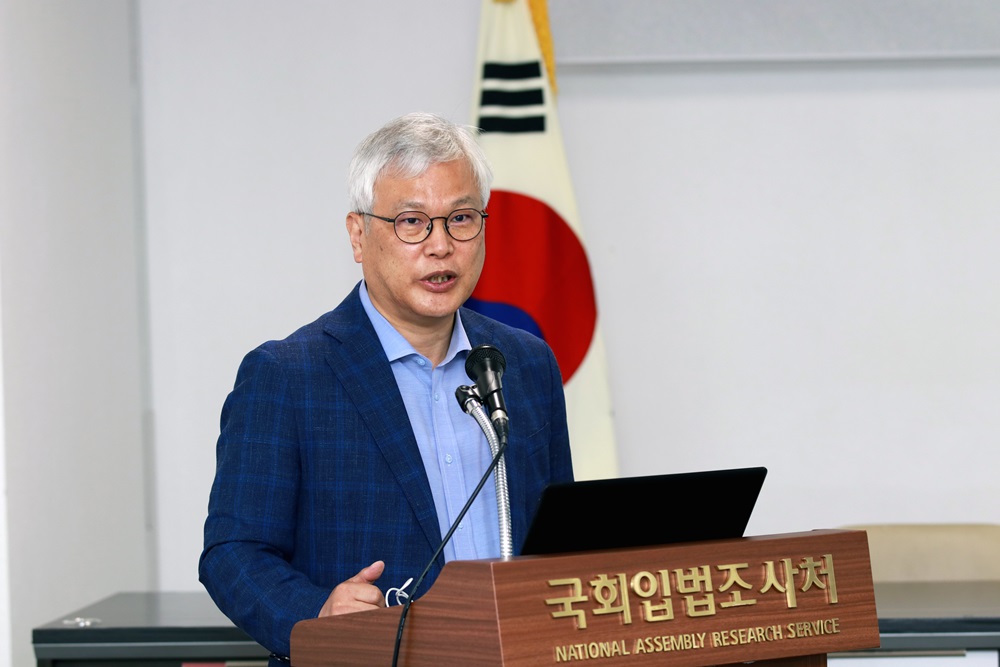
“China is no longer comfortable with America’s presence in the Asia-Pacific,
and the U.S. can no longer tolerate the rise of China and socialism.”
Looking at the U.S.-China relations, it seems that we are headed towards not a G2 world, but a “G-Minus-2” world. Both countries are undermining the global public interest for the benefit of their own.
The current framework on the U.S.-China relations dates back to Henry Kissinger’s trip to China in the early 1970s. Under this framework, China was to accept America’s presence in the Asia region in return for U.S. support for China’s economic growth. Today, this order is breaking down. China is no longer comfortable with America’s presence in the Asia-Pacific region, and the U.S. can no longer tolerate “the rise of China and socialism”.
“China is the only country to have maintained a positive growth rate.”
We must open our eyes to reality. China recorded a 3.2% growth in the second quarter of this year and is expected to grow overall in 2020. It stands as an outlier among other nations, as the only country to have maintained a positive growth rate. This implies that new opportunities will continue to emerge around China, making it difficult for other countries to form a coalition against Beijing. After all, turning the back to a market is easier said than done and reshoring initiatives rely more on market mechanisms than government efforts, as it can be seen in the examples of Apple and Tesla and their decisions to remain in China. For this reason, China seems to believe that strengthening economic resilience now will confer an advantage in the dynamics of global competition in the future.
Nevertheless, many people remain skeptical about China’s potential to outstrip America, especially in terms of international reputation. The U.S. is still considerably ahead of China in energy and key economic metrics, and emerging risks of political and social unrest indicate weaknesses in China’s soft power, education technologies and R&D. It seems unlikely that China will overtake the U.S. any time soon, and it may even be impossible to do so. One consideration that we must make when we study China is that there are differences between growth speed and the quality of growth, and between quantitative and qualitative growth.
Beijing is well-aware of the differences, and this may be why they are—on the surface— taking a strong stance against the U.S. However, for the most part, China’s retaliatory measures have been proportionate to the U.S. pressure due to the constraints in the system that prevent China from targeting the vulnerable parts of America. Consequently, Beijing’s current strategy seems to be focused on building a strong foundation to build their strategic portfolio, while keeping an eye out for game-changers.
Be that as it may be, I believe that we are witnessing the end of the unipolar world. America has lost sight of its position as the global hegemon and is facing its limitations in global leadership and soft power. I believe that this will draw the curtains on the unipolar world, to set the scenes for a bipolar superpower system in global governance. Whether this will lead to the start of a new Cold War is a matter that only time will tell. Yet it is worth noting that the USSR was able to establish a bipolar rivalry with the U.S. despite possessing half of the political power, on the grounds of various factors including the arms race and the differences in ideologies and economic systems.
“Elements of a ‘clash of civilizations’ are emerging between the two countries.”
However, the problem is that America perceives China’s growth as synonymous with the “rise of socialism”. The U.S. Secretary of State has referred to the Chinese leader Xi Jinping as the “General Secretary of the Chinese Communist Party (CCP)”, instead of China’s “President”, and the government has refused to use Chinese terminologies in the U.S. Strategic Approach to the People’s Republic of China report. This demonstrates America’s resistance to Chinese narratives, and firmly states its intention to follow its own path, separate from Beijing. With the U.S. State Department Director of Policy Planning describing Karl Marx as part of the “Western family”, there are also elements of a “clash of civilizations” emerging between the two countries.
The CCP Politburo holds collective study sessions every 40 days on topics such as big data, artificial intelligence and block-chain, demonstrating the level of interest in future topics among political leaders in China. And these areas of interest—data, AI, and biotechnology— are also areas where the two countries are coming into conflict.
Under these circumstances, I believe that a “single strategy” approach will be ill-suited for South Korea to respond to the current situation. Instead, we should decide whether to join, resist, or challenge a trend on a case-by-case basis, to take ownership of our issues. During this time of a superpower rivalry, we must not let anyone take this right away from us, especially on matters related to the inter-Korean relations. We need to see the bigger picture of issues and consider worst-case scenarios in developing our long-term visions. For that reason, I believe that South Korea should participate in the U.S. Indo-Pacific strategy if given the opportunity to do so, just as it should with China’s Belt and Road Initiative, to set itself on a path for an “expansionary equilibrium”. It would be difficult to achieve “expansionary equilibrium” if we attempt to reduce our reliance on China while maintaining the current level of U.S. security dependence.
“We must reduce the regulatory pendulum swings
and mitigate policy volatility.”
The National Assembly is key to solving these issues. However, our government is trying to draft a blueprint without a white paper, and resolving this issue should be our priority. Moreover, we must expand the middle ground of our policies to reduce the regulatory pendulum swings and mitigate policy volatility.
[Debate 1] Se-Hee Hwang (Director of Future Planning Department, Yeosjae)

“South Korea should establish research platforms that study
the diplomatic policies of the U.S., China, Japan, and Russia.”
We seem to be drawing closer to a G-Zero world in the process of responding to the COVID-19 pandemic. Both the U.S. and China suffered a heavy blow to their global leadership, and I believe that a competition to fill the gaps that they have left behind will emerge.
Regardless of which path South Korea chooses to pursue, we will need considerably more diplomatic efforts to communicate and provide the backgrounds that led to that decision. Up until now, the majority of our diplomacy has focused on issues related to the Korean Peninsula and North Korea’s nuclear arms. This is to the extent that pages dedicated to issues on South Korea are indistinguishable with those on the North, as most of the publications on South Korea by major American think tanks are on North Korea’s nuclear arms and the U.S.-ROK alliance. This has limited the pool of expertise working with South Korea and placed restrictions on the scope of the debate. Many hurdles prevent South Korea from raising awareness of its strategic importance, and while diplomacy and national security certainly are key issues, trade, scientific technologies, and industries are equally important topics. In this context, South Korea must effectively communicate these areas of difficulties with others and establish research platforms that study the diplomatic policies of the U.S., China, Japan, and Russia by fostering cooperation between public and private think tanks. Moreover, it should encourage foreign think tanks to establish branch offices in Korea to establish a line of communication between domestic and international platforms.
[Debate 2] Legislative Investigator Ye-Kyung Kim (National Assembly Research Service)

“South Korea should provide a multilateral framework for cooperation”
Externally, South Korea faces a dichotomous dilemma with the U.S. urging its allies to join the EPN. Internally, the nation has become considerably divided in many areas, including ideologies, causes, and values. What we need now to overcome the challenges that we face is for the nation to come to a consensus. We must remember that the G2 relations have not always been confined to the realms of conflicts and competition. There has always been room for dialogue and cooperation. We should observe the progression of the conflict from escalation to de-escalation of conflict, to take a flexible, cautious approach that enables decision-making free from framing biases of the U.S.-China conflict.
Another area of consideration is the increasing burden of the superpower rivalry on other nations. In the international community, there is undoubtedly a feeling of disappointment over the lack of leadership from both states. Countries, as a result, are pressing the U.S. to make considerations for its allies and their interests on one side and pushing China to act as a responsible country on issues such as the Hong Kong on the other. Against this backdrop, South Korea should provide a multilateral framework for cooperation to pave the way for a new order.
This text was originally published on Yeosijae’s Korean homepage on August 3rd, 2020.
< Copyright holder © TAEJAE FUTURE CONSENSUS INSTITUTE, Not available for redistribution >

